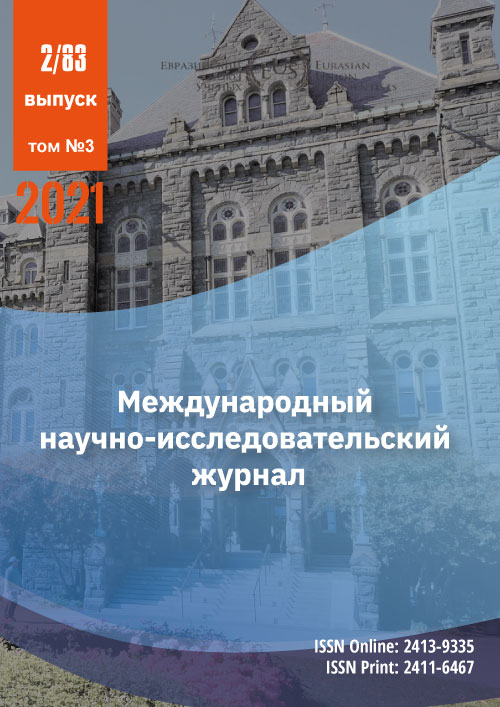USE OF THE Blended Learning Method in the Process of Studying a Foreign Language at a University
Abstract
The article discusses the use of the blended learning method in the process of studying a foreign language at a university, notes important factors for the successful integration of this method, the feasibility of various types of productive tasks, l the advantages of innovative technical achievements, gives a characteristic of blended learning models and its use to prepare students for independent productive activity.
References
Galskova N.D. Modern methods of teaching foreign languages: a guide for teachers. - 2nd ed., Rev. and add. - M .: ARKTI, 2003.-192 p.
Solovova E.N. Methods of teaching foreign languages: a basic course of lectures: a guide for students ped. universities and teachers. - 4th ed. - M .: Education, 2006 .-- 239 p.
Polat E.S., Bukhankina M.Yu., Moiseeva M.V. Theory and Practice of Distance Learning, Moscow: Academy, 2004.416 p.
CC BY-ND
A work licensed in this way allows the following:
1. The freedom to use and perform the work: The licensee must be allowed to make any use, private or public, of the work.
2. The freedom to study the work and apply the information: The licensee must be allowed to examine the work and to use the knowledge gained from the work in any way. The license may not, for example, restrict "reverse engineering."
2. The freedom to redistribute copies: Copies may be sold, swapped or given away for free, in the same form as the original.







